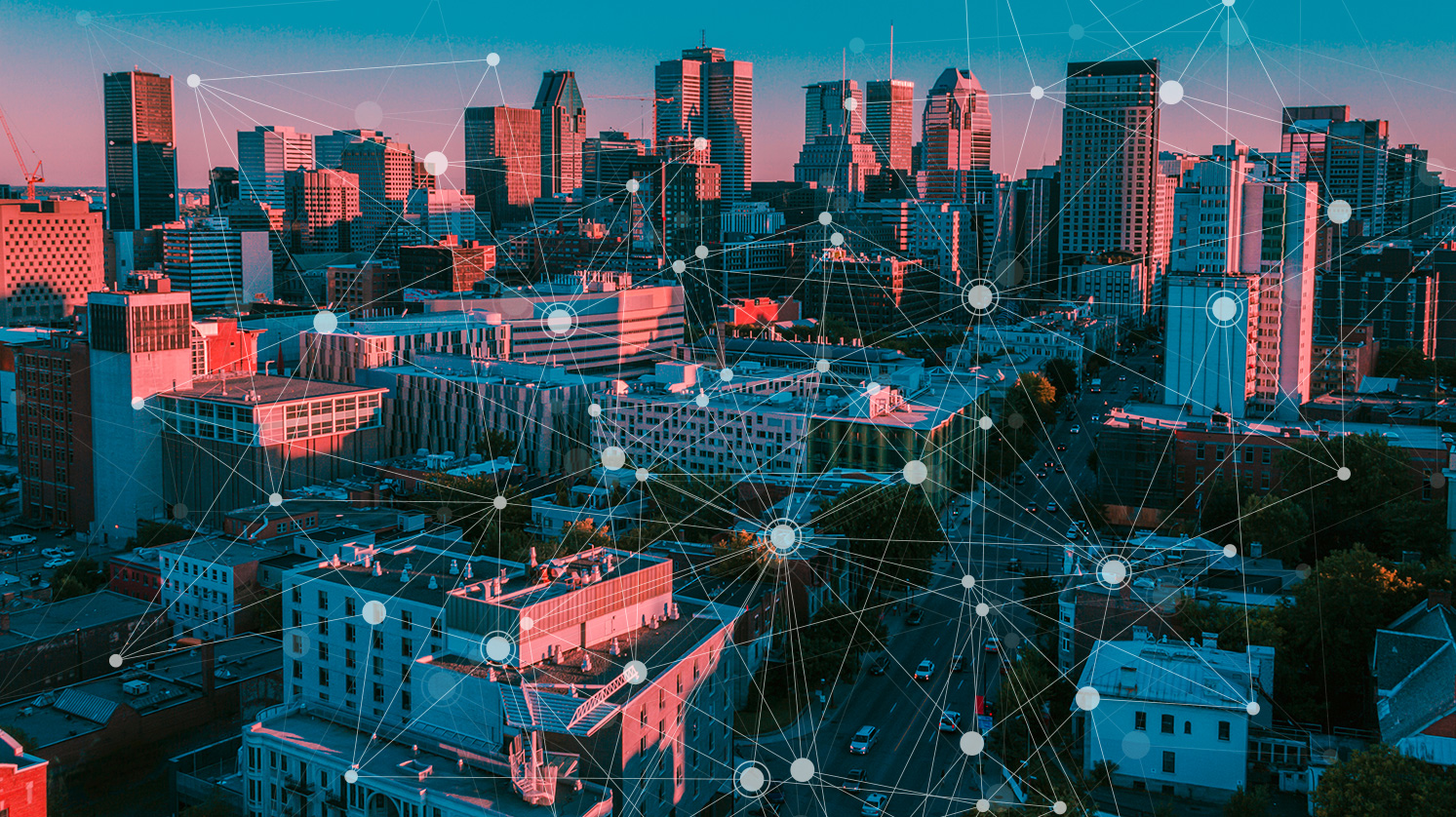
The Future of Online Shopping.
The future is looking bright for eCommerce.
It’s no secret that more shoppers are turning to the internet to make their purchases. Just look at the record sales numbers reported by online retailers on Thanksgiving and Black Friday in 2017. During the same period, less money was spent at traditional retailers compared to previous holiday shopping weekends.
But what is driving these massive gains in market share and revenue for online retailers?
Here are three technology trends that will help online shopping continue its growth in 2018.
1. Voice Purchases
The future of eCommerce may run through voice-directed purchasing.
In 2017, 40 percent of millennials used a voice assistant prior to making a purchase. The proliferation of voice assistants – such as Siri, Alexa and Google Home – will ensure that number will continue to rise.
[Tweet “In 2017, 40 percent of millennials used a voice assistant prior to making a purchase.”]
A few businesses are already capitalizing on voice purchasing technology. In 2016, Domino’s allowed customers to order a pizza by speaking to internet-connected smart home devices.
Johnnie Walker, a distributor of Scotch whiskey, has also used voice assistance to help customers learn about their product and receive cocktail recipes.
Voice-directed purchases benefit both retailers and customers by reducing barriers and increasing accessibility. As voice-directed devices and online retailers become further integrated, voice purchases will drive even more eCommerce behavior.
2. Augmented Reality
Augmented reality (AR) is expected to take another big step forward in the world of online shopping in the next year.
AR changes aspects of a viewer’s surrounding reality while keeping the user grounded within their actual physical environment.
For example, customers can use AR to see how products would look in their homes or virtually “try on” clothing before purchasing. Sephora uses AR within a virtual makeup app that allows customers to see how beauty products would look on them before purchasing. And Home Depot’s mobile app lets customers use their phones to place anything from faucets to doors in their homes so they can see how it fits in before buying.
Using AR can break down the single greatest barrier to an online purchase – the inability to see or feel a product in person. Through AR, customers will be able to visualize and test out products before making a financial investment. This will greatly reduce both abandoned shopping carts, as well as product returns.
3. Chatbots and Machine Learning
Finally, 2018 will see greater and more widespread use of chatbots within portals.
Chatbots, or automated applications that simulate human conversation, have already made significant forays into eCommerce. For instance, there are already chatbots on Facebook’s Messenger app that can be used to purchase items, get health tips or call for a cab.
2018 will bring a greater availability of chatbots as well as more natural and helpful interactions. The original chatbot was a relatively simple application. By handling queries and answering specific requests, the chatbot mimicked human behavior. The real epiphany though came with machine learning. As data became more readily available, chatbots became more responsive and adaptive to user needs.
As a result, chatbots will be more intelligent, and thus more helpful for customers looking to make any financial transaction, whether it’s purchasing a new pair of shoes or booking a flight.
Infrastructure Driven eCommerce
Consumers only see the end-user technology designed to make online shopping easier and more user friendly.
They probably aren’t thinking about the most important part of their experience – the robust technical infrastructure that supports whatever app, website or platform they are using.
Successful online retailers require a powerful hosting service that can handle high traffic at any time. Customers will flee portals that do not load properly and won’t trust environments with slow or error-prone transactions.
At INAP, our team provides high-performance colocation, hosting and network services to ensure your online retail environment is lightning fast, even during the busiest shopping periods. Contact us today to learn more about our flexible and scalable options to improve your IT infrastructure and drive revenue.



